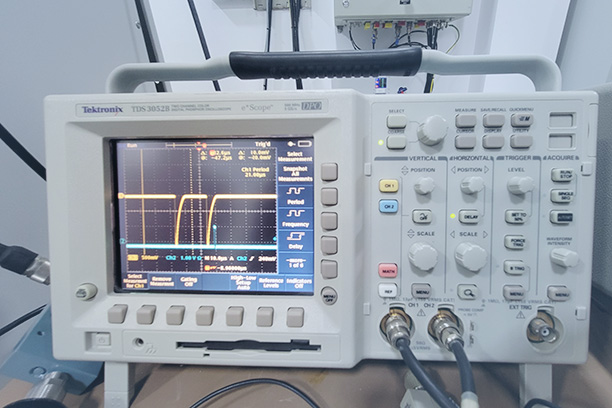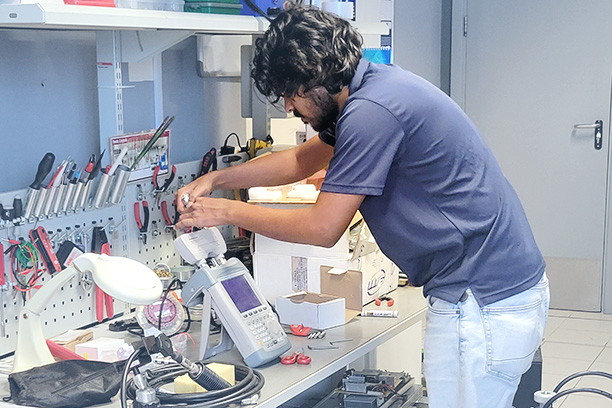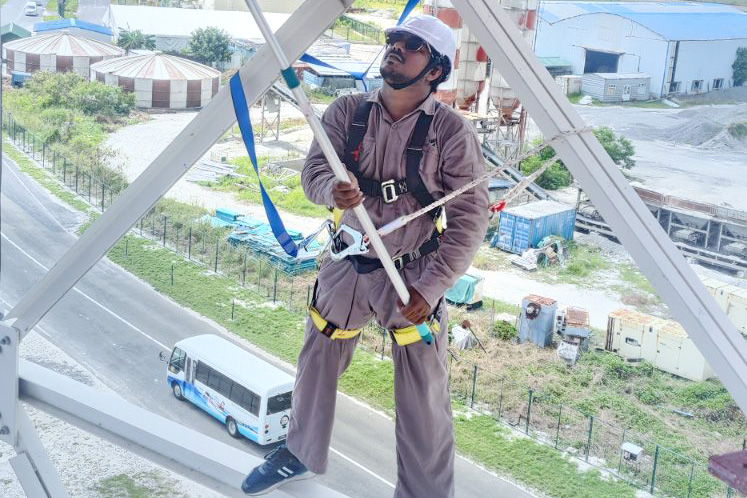Air Traffic Engineering
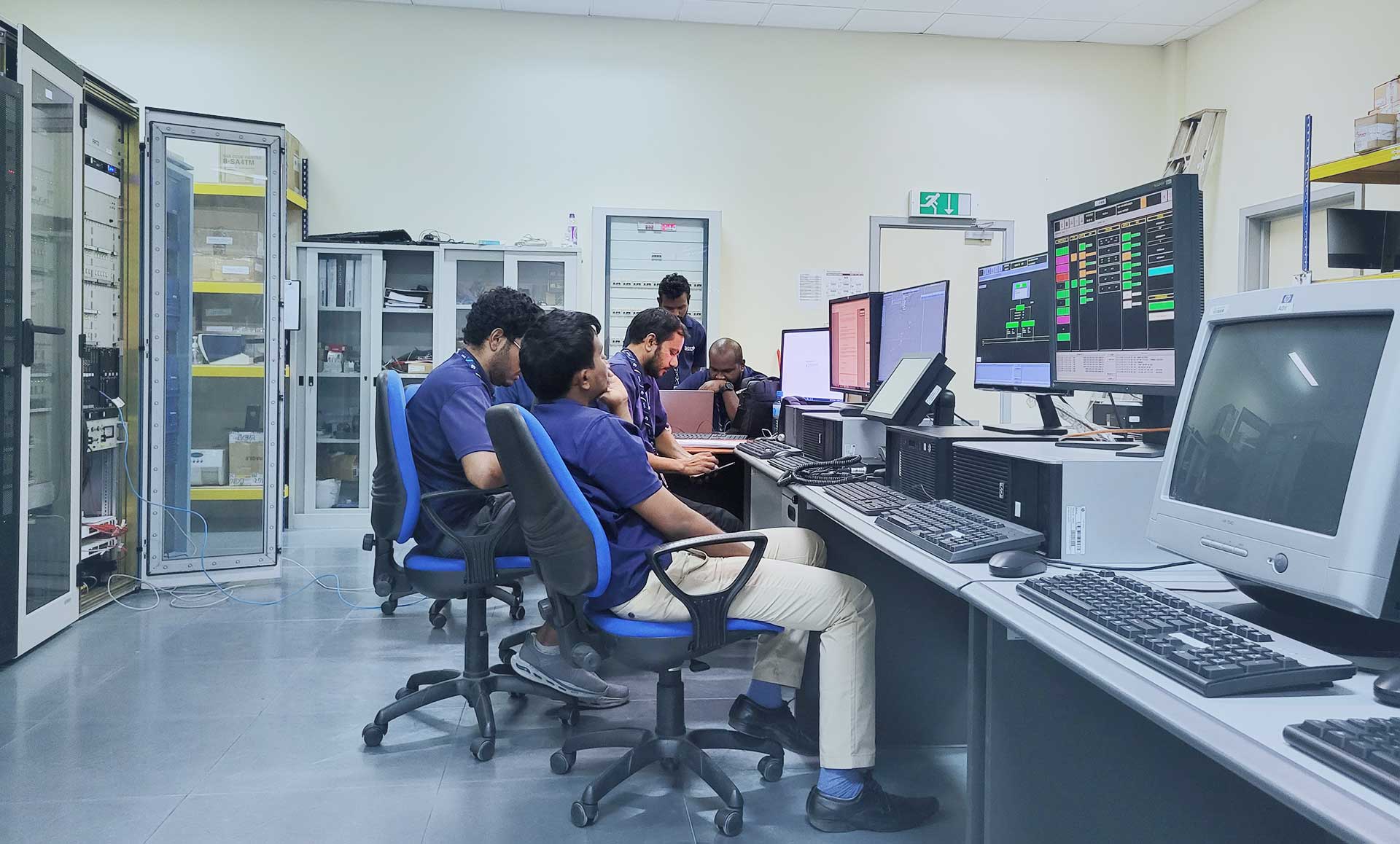
The Air Traffic Engineering (ATE) department plays a significant role in ensuring that MNATS provides safe, efficient, and reliable air traffic services across the Maldives airspace.
The ATE supports this mission by maintaining, developing, and upgrading the engineering and technical resources essential for air traffic control.
The functional department consists of three core disciplines. They are;
- Communication
- Surveillance
- Data Processing
Each discipline is responsible for several safety-related critical systems that enable real-time coordination, monitoring and control of aircraft within the airspace.
Additionally, the engineering team leads necessary development initiatives to ensure that the organization’s technology and infrastructure remain cutting-edge, contributing to the overall efficiency and safety of air traffic services.
Communication
The Communication discipline ensures that pilots, air traffic controllers, and ground personnel can communicate reliably and clearly, which is vital for managing a safe ATC operation. The operation relies on a variety of radio frequencies, voice communication systems, and digital communication networks to maintain this vital connection between the ground and airborne aircraft.
VHF Radio Networks: Ensures continuous radio communication between air traffic controllers and pilots, including voice channels for flight information and critical instructions during flight operations.
Extended VHF Communication: Overcomes the limitation in VHF radio frequency operation by leveraging radio infrastructure at remote facilities and extending the radio coverage throughout the airspace.
Voice Communication Switching System (VCSS): A dedicated system that allows air traffic controllers to communicate with one another, with pilots, and the ground operational personnel through a desired frequency channel that can be accessible at the control positions.
These communication systems result in clear and uninterrupted communication, enhanced coordination and safety in real-time operations, and an extended communication range, especially for the oceanic part of the airspace.
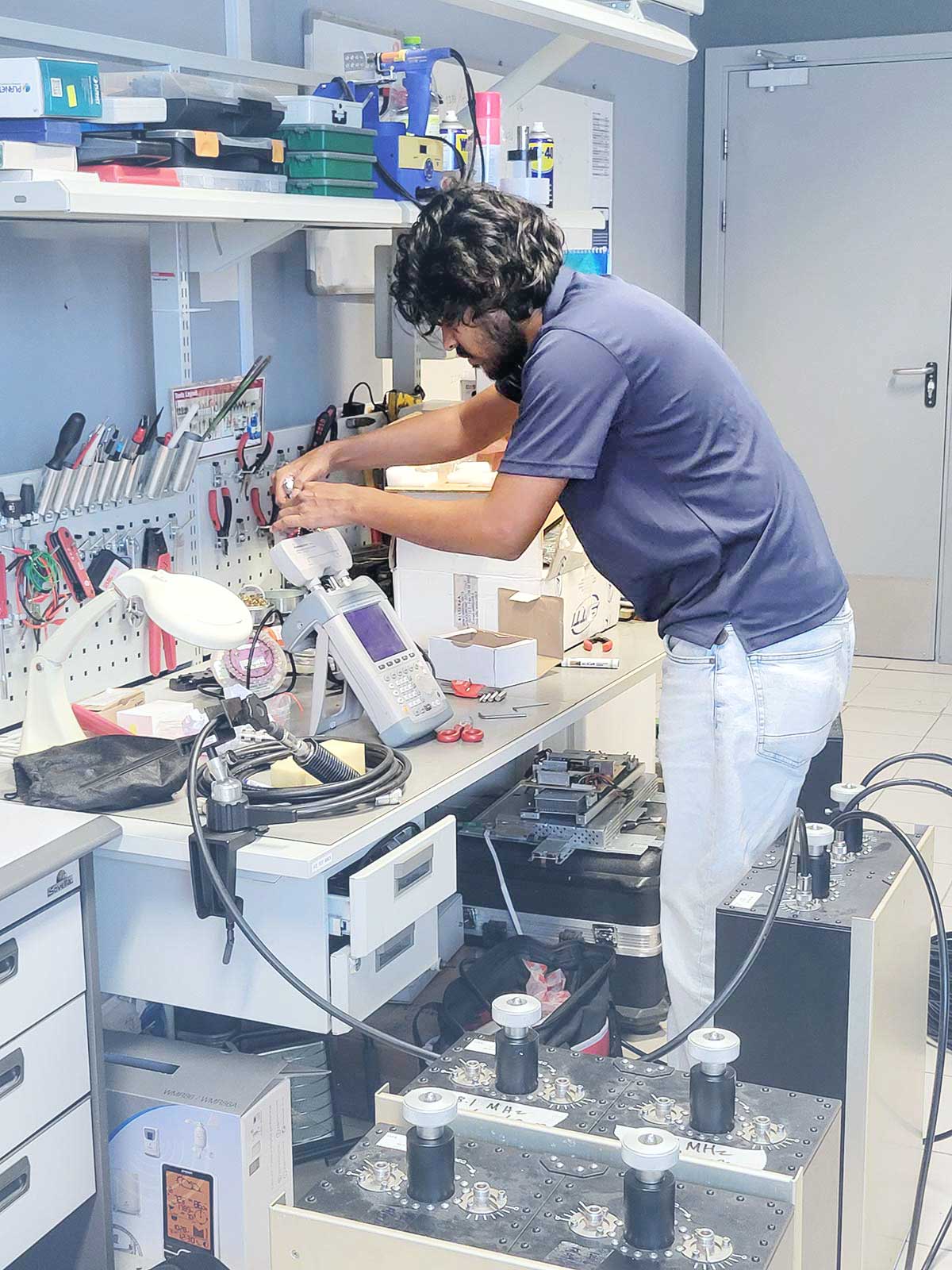
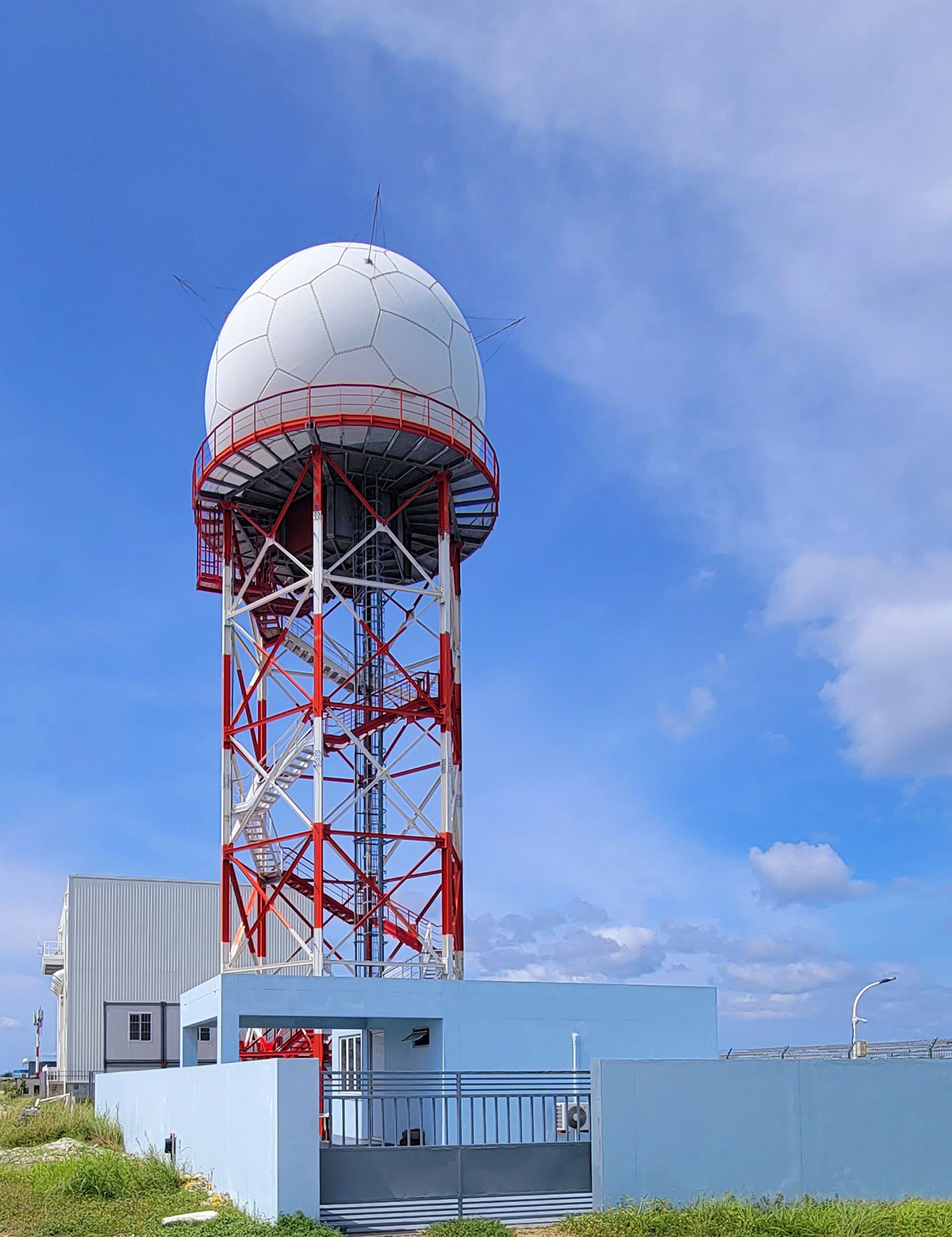
Surveillance
The Surveillance discipline is responsible for monitoring and tracking flight movements in Maldives airspace. This includes aircraft operational on IFR, VFR, Seaplanes, GA, drones, and overflights.
By providing real-time data on aircraft locations, speeds, and altitudes, this system ensures that air traffic controllers have the information they need to manage air traffic safely and efficiently.
Key systems used are;
MSSR (Mode-S) Radar tracks aircraft within controlled airspace, offering data on their position, altitude, identification, and data link required by the automation system.
Automatic Dependent Surveillance-Broadcast (ADS-B) is an advanced technology that enables aircraft to automatically broadcast their position, velocity, and other data to air traffic control and nearby aircraft, enhancing situational awareness.
These systems allow real-time monitoring of aircraft positions and movements, improve situational awareness for ATCOs and pilots, and enhance safety through more precise tracking, especially in congested airspace.
Data Processing
Data Processing is critical for integrating the vast amount of data generated by air traffic systems, transforming it into actionable information. This discipline ensures that air traffic controllers and pilots receive timely, accurate data on everything from flight paths and weather conditions to navigation aids and airspace restrictions.
Main systems used are;
Flight Data Processing System (FDPS): A system that processes and displays flight plans, ensuring that controllers have up-to-date information on aircraft flight paths, destinations, and estimated arrival times.
Radar Data Processing: Integrates radar inputs to display real-time aircraft movements, ensuring that controllers can make timely and accurate decisions.
Data Processing allows a streamlined flow of critical information between systems and other operational units, increases decision-making efficiency through data integration, and enhances safety and efficiency by providing accurate, real-time data for air traffic operations.

